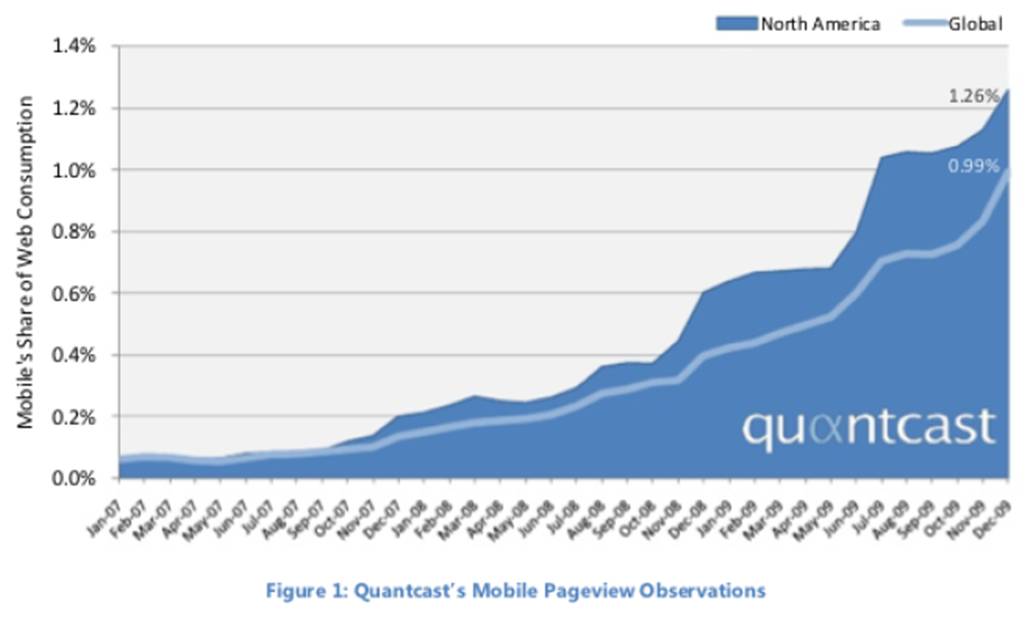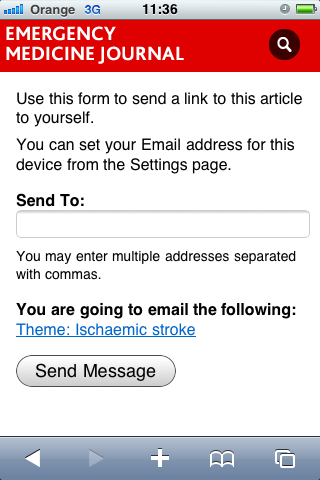5 new mobile journal sites launched: ADC, ARD, Gut, Heart & Thorax
13 Apr, 12 | by BMJ
Following the successful launch of a mobile friendly version of Emergency Medicine Journal back in 2011, we have now rolled out the same interface on more BMJ Journals:
More mobile sites launched:
- BMJ Open
- British Journal of Ophthalmology
- BJSM
- DTB
- Frontline Gastroenterology
- In Practice
- JAMIA
- Journal of Clinical Pathology
- JNIS
- Veterinary Record
The mobile web browser detects when a user is accessing each of these sites via a mobile device. Regardless of the type of smartphone, all mobile users are automatically forwarded to an optimised template. The new system offers streamlined content and display for web-enabled, smaller screens with low bandwidth networks. It has been specifically designed to accommodate the mobile behaviour of “keeping up” and “looking up” and works across all devices, including Blackberry, Android and iPhone. more…





